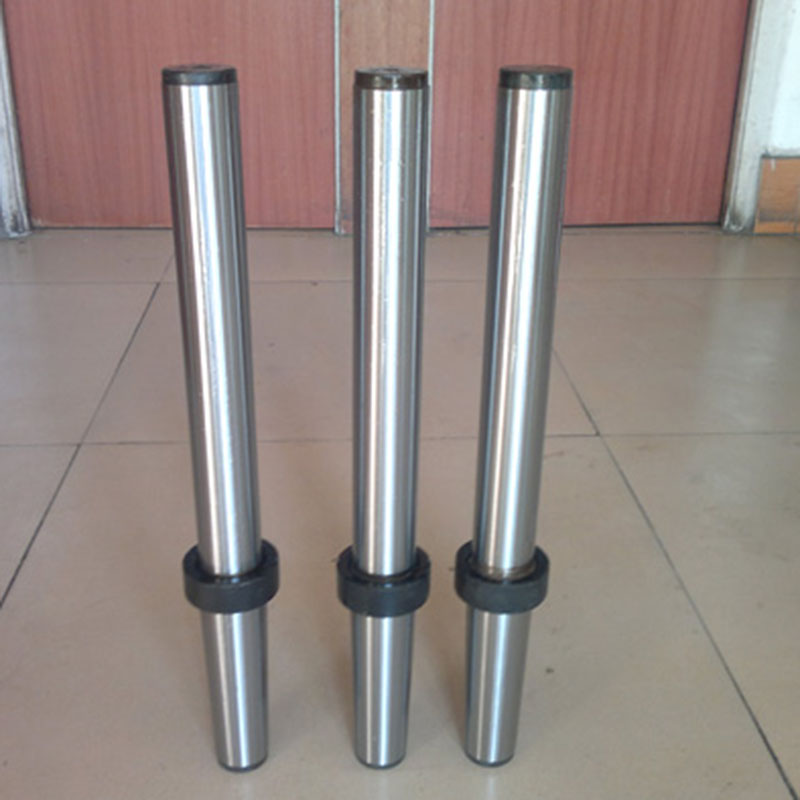Дек . 15, 2024 21:21 Back to list
Exploring Snap Gauge Applications in Precision Measurement and Limit Detection Techniques
Understanding Limit Snap Gauges A Comprehensive Overview
Limit snap gauges play a vital role in the realm of manufacturing and quality control, serving as precision tools that ensure products meet specified dimensions. These gauges are particularly essential in industries where tight tolerances and high accuracy are critical, such as automotive, aerospace, and electronics. This article aims to delve into the intricacies of limit snap gauges, exploring their design, operation, applications, and importance in quality assurance.
What is a Limit Snap Gauge?
A limit snap gauge is a type of go/no-go gauge designed to measure the dimensions of an object, typically in a linear form. The primary purpose of this tool is to determine whether a workpiece lies within a predetermined size range. It is composed of two main parts the go and no-go sides. The go side is designed to fit within the desired dimension, while the no-go side is intended to be larger than that dimension. If a workpiece passes through the go side but does not fit through the no-go side, it is deemed acceptable. Conversely, if it fails either test, the part is considered out of specification.
Design and Features
Limit snap gauges are typically made from durable materials such as hardened steel, stainless steel, or carbide, which provide resistance to wear and tear, ensuring longevity and accuracy. A key feature of these gauges is their precise calibration, allowing for minimal tolerance variations. The design is often ergonomically optimized, providing ease of use in various settings. Several designs exist, including fixed and adjustable snap gauges, accommodating different measurement needs.
Operation of Limit Snap Gauges
limit snap gauge

Using a limit snap gauge involves a straightforward process. First, the operator cleans the workpiece to eliminate any debris that could affect measurement accuracy. Next, the operator selects the appropriate gauge for the size being measured and applies it to the workpiece. The “go” side is tested first; if the workpiece passes through, the measurement is continued with the no-go side. This binary testing mechanism makes it easy to quickly assess product tolerances without complex measuring instruments.
Applications
Limit snap gauges find application in an array of industrial settings. In the automotive industry, for instance, they are used to check the dimensions of engine components, ensuring they fit together correctly without causing performance issues. Similarly, in the aerospace sector, precise measurements are critical to the safety and reliability of aircraft. In electronics, these gauges help verify the size of connectors and circuit components, thus assuring proper functionalities.
Importance in Quality Control
The significance of limit snap gauges cannot be overstated when considering quality control processes. They serve as a quick and efficient means of ensuring that manufactured parts meet legal and safety standards. By implementing rigorous quality checks using these gauges, companies can minimize the risk of defects in their products, reducing waste and enhancing customer satisfaction. Moreover, these gauges support continuous improvement initiatives by facilitating data collection on manufacturing processes, which can lead to further refinements.
Conclusion
Limit snap gauges are indispensable tools in modern manufacturing and quality control, providing a simple yet effective means of ensuring products meet stringent dimensional specifications. Their precision, durability, and ease of use make them a favorite among quality assurance professionals. As industries continue to prioritize quality and efficiency, the role of limit snap gauges is likely to expand, reinforcing their importance in ensuring products not only meet but exceed customer expectations. Embracing these tools allows manufacturers to maintain high standards and ensure their competitive edge in an ever-evolving market.
-
Why Metric Trapezoidal Thread is Ideal for Precision Motion ControlNewsAug.05,2025
-
The Unique Properties of a Block of Granite for Industrial UseNewsAug.05,2025
-
The Role of Flanged Y Strainers in Preventing Pipeline ClogsNewsAug.05,2025
-
The Importance of Regular Calibration for Master Ring GagesNewsAug.05,2025
-
How a Cast Iron Surface Table Enhances Accuracy in ManufacturingNewsAug.05,2025
-
Comparing Different Check Valve Types for Optimal Flow ControlNewsAug.05,2025
Related PRODUCTS









